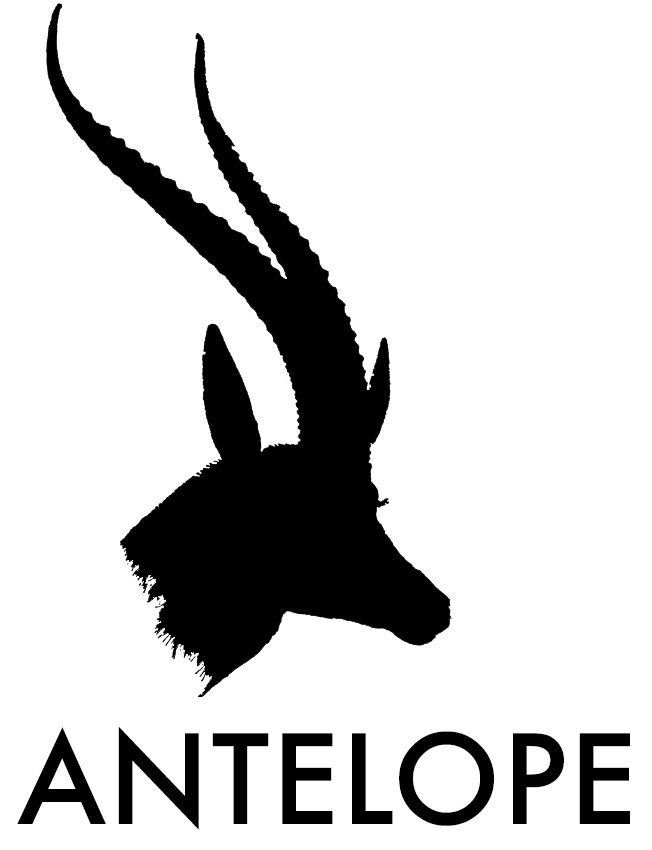Social Tribes Allsorts
Although we are not a fan of stereotype, using the tribe-based strategy to understand behaviour can be a great way of helping you with your employee advocacy planning. Having recently launched our Antelope Social Club, here are some of the tribes we have identified within organisations:
The Influencer
An influencer is what it really says on the tin – it is someone who influences others’ thoughts and actions. Not many people get to social influencer status, and many will not aspire to this status either. As a rule of thumb, influencer status needs credibility both off and online and is for those disruptors who are shaping our future ways of working.
The Thought Leader
And not everyone will strive to be a thought leader although these are the people within your organisation who can illustrate your areas of expertise and why clients and talent want to work with your organisation. They also give the opportunity to showcase the great people you have in your team and should work as a talent magnet, to attract new and fresh people to your organisation.
The Commentator
The commentator can be twofold – sometimes it is a role of the thought leader who will add comment on others’ posts as one-way broadcasting alone is never a good thing. Other times, it is a standalone comment from someone who has an opinion but isn’t a thought leader so could be someone in your organisation who wouldn’t want to write their own posts but is happy to comment on others’.
The Supporter /Promoter
Not everyone will feel comfortable having a voice and being an advocate – so maybe their role is more one of amplifying. This is where the supporter or promoter comes into play. They can be your advocates of your employee advocates, so acting as your own organisational ecosystem. Your thought leaders let people know the why and what of your company – their values, the skillset, the expertise – and the supporter/promoter promotes their articles with likes, comments, and other engagement to widen the audience and share their opinions.
The Observer & the No Show
And then there are the observers and the no shows. The observers serve a purpose as although they might not be adding to your advocacy online by liking engaging, or sharing content, they might be doing this offline by talking to stakeholders, pointing people to posts or recommending that they should follow or connect with you. You will see their silent footprint by views and other metrics on your posts.
The only tribe that doesn’t serve a purpose are the no-shows, those that don’t show up, are not active on social business platforms but have a front door with no-one behind the scenes. If you have any of these in your organisation, we recommend you either ask them to delete or re-engage in a way they feel more comfortable with (ie one of the above).
Social Advocates Allsorts
Of course, the trick for marketers is to have the right mix of all these tribes, except the no shows. Too many thought leaders will lessen the impact and credibility of those you have, so having one or two who really pack a punch with their content is far better than 20 whose thoughts are hit or miss. Having only commentators that have an opinion on others’ thoughts might mean you have some great talent who understand the key challenges in your sector but not anyone who can lead the charge. And having lots of observers is great but will do nothing for your online brand presence, SEO or help people find you and your services online. So, what does good look like? In our book, good looks like identifying a mix of advocates or possible advocates, building a thread for each of them within your advocacy strategy, reviewing with them their roles regularly and of course adding and subtracting to your brand advocates as talent flows through your company.
And it is worth remembering that tribes are not always linear, and like all collective groupings, individualism will always front out as will movement from one tribe to another. However, understanding your employee engagement structure helps you plan who are those in those tribes, whether you need more of one tribe than other and how you can support these different tribes for the greater good of your organisation’s collective voice.
Photo with thanks to pixabay.com
